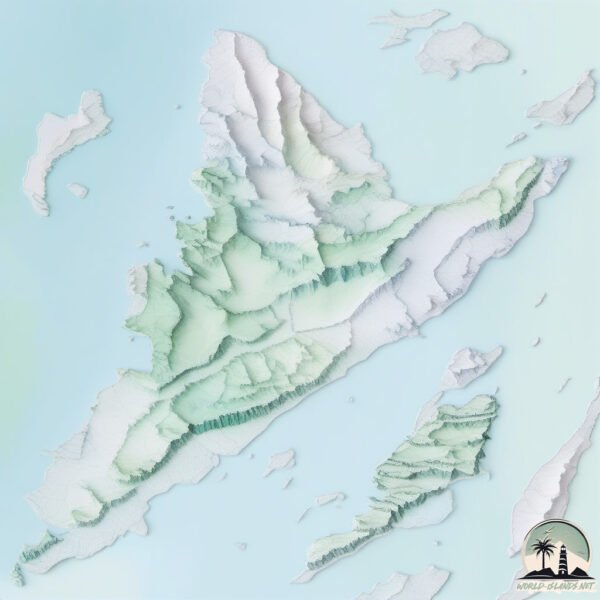Welcome to Ka Bao Island , a Temperate island in the South China Sea, part of the majestic Pacific Ocean. This guide offers a comprehensive overview of what makes Ka Bao Island unique – from its geography and climate to its population, infrastructure, and beyond. Dive into the details:
Geography and size of Ka Bao Island
Size: 203.5 km²Coastline: 240.3 kmOcean: Pacific OceanSea: South China SeaContinent: Asia
Ka Bao Island is a Large Island spanning 204 km² with a coastline of 240 km.
Archipel: –
Tectonic Plate: Eurasia – One of the world’s largest tectonic plates, the Eurasian Plate covers a significant portion of Europe and Asia. It’s characterized by diverse geological features, including the Ural Mountains, the European Plain, and the Himalayas formed from its collision with the Indian Plate.
The geographic heart of the island is pinpointed at these coordinates:
Climate and weather of Ka Bao Island
Climate Zone: TemperateClimate Details: Monsoon-Influenced Humid Subtropical ClimateTemperature: Hot Summer
Climate Characteristics: Known for hot, humid summers with significant monsoon rains, contrasted by mild, drier winters.
Topography and nature of Ka Bao Island
Timezone: UTC+07:00Timezone places: Asia/JakartaMax. Elevation: 262 m Mean Elevation: 63 mVegetation: Evergreen Broadleaf ForestTree Coverage: 50%
The mean elevation is 63 m. The highest elevation on the island reaches approximately 262 meters above sea level. The island is characterized by Hills: Gently sloping landforms with rounded tops, having a maximum elevation between 200 and 500 meters. Hills contribute to a varied landscape on islands.
Dominating Vegetation: Evergreen Broadleaf Forest
Vegetation: 13 vegetation zones – Exceptionally Diverse Island
Infrastructure and Travelling to Ka Bao Island
Does the island have a public airport? yes .
Does the island have a major port? no .
The mean population of Ka Bao Island is 82 per km². Ka Bao Island is Gently Populated. The island belongs to Vietnam .
Continuing your journey, Đảo Chàng Ngọ is the next notable island, situated merely km away.
Im Peppa Pig! Slight Flash!
Im Peppa pig creepy makeup look with slight flash.
Im Peppa Pig! Slight Flash!
Im Peppa pig creepy makeup look with slight flash.
Im Peppa pig creepy makeup look with slight flash.
KONG vs GIANT SQUID - Fight Scene - Kong: Skull Island (2017) Movie Clip HD
KONG vs Giant Squid (Mire Squid / Giant Octopus / Kraken) - Fight ...
KONG vs Giant Squid (Mire Squid / Giant Octopus / Kraken) - Fight Scene - Kong: Skull Island (2017) Movie Clip [1080p 60 FPS ...
big crab caught pacific fishing #deepsea #fishing #deepsea #pacificocean #pacific #crab #ocean #ai
From massive squids to ancient-looking fish, we've gathered the most ...
From massive squids to ancient-looking fish, we've gathered the most jaw-dropping footage of fishermen encountering sea ...
Vietnam is classified as Emerging region: G20: Group of Twenty – Major economies comprising both developed and emerging countries, representing the world’s largest economies. The level of income is Lower middle income.
News – Latest Updates and Headlines from Ka Bao Island
Stay informed with the most recent news and important headlines from Ka Bao Island. Here’s a roundup of the latest developments.
Loading...
Please note: The data used here has been primarily extracted from satellite readings. Deviations from exact values may occur, particularly regarding the height of elevations and population density. Land area and coastline measurements refer to average values at mean high tide.

